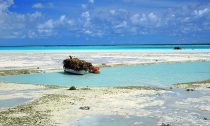
If the risk of losing the Great Barrier Reef wasn’t bad enough, a new study has found that climate change could have a devastating impact on the fish populations of the Pacific Islands. A new study by the Nippon Foundation-Nereus Program has found that Pacific Island Nations could lose between 50-80% of all marine species in their waters in the ocean continues to heat up.
The reason the impact is so severe is precisely because of its location. The waters in the Pacific are some of the warmest in the world, and they’re also some of the most constant – it usually feels like summer all year round.
It is because of this seasonal stability that even the smallest changes in water temperature can have such a vast impact on the marine life that resides there.
“Under climate change, the Pacif...
Read More

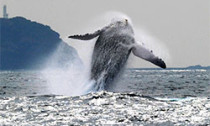
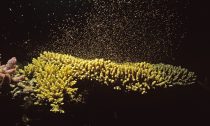
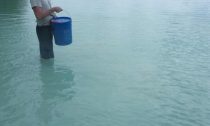
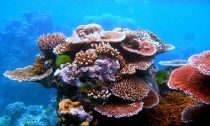
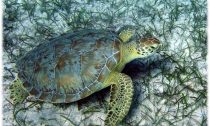
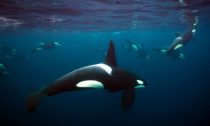
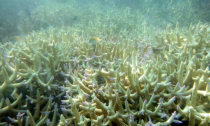




Social Profiles